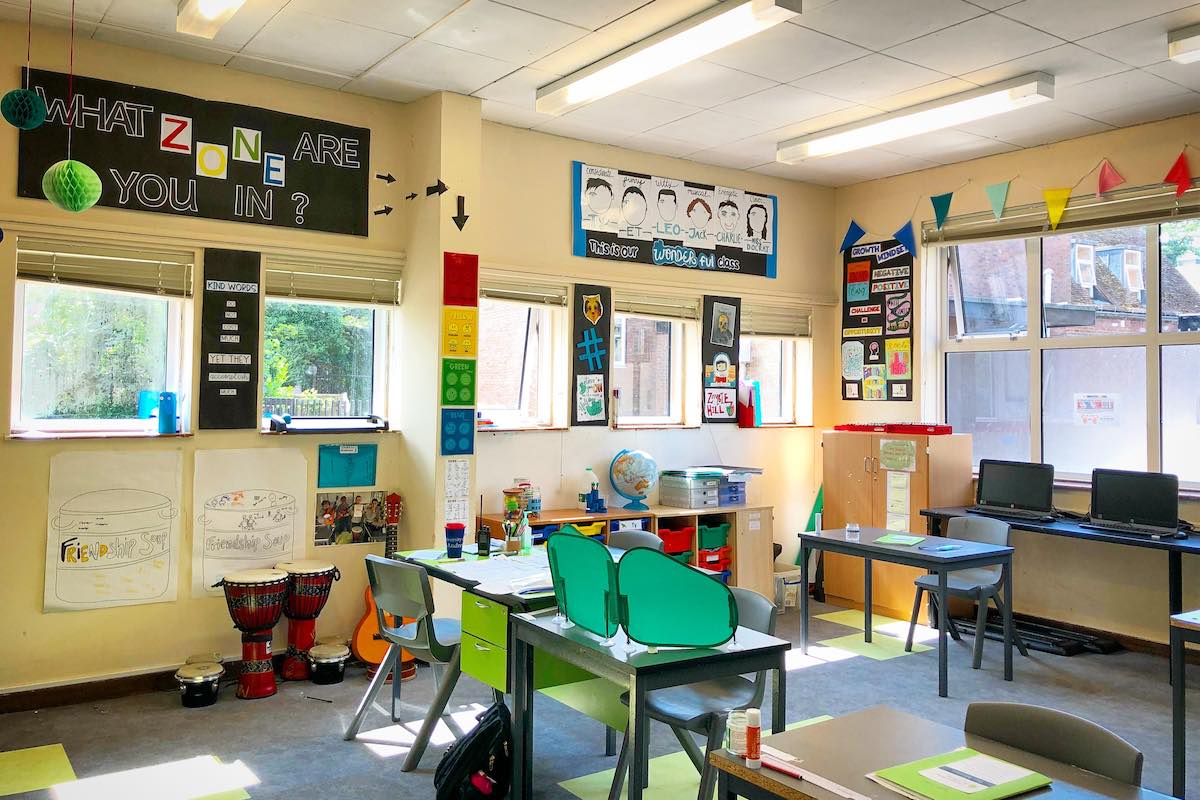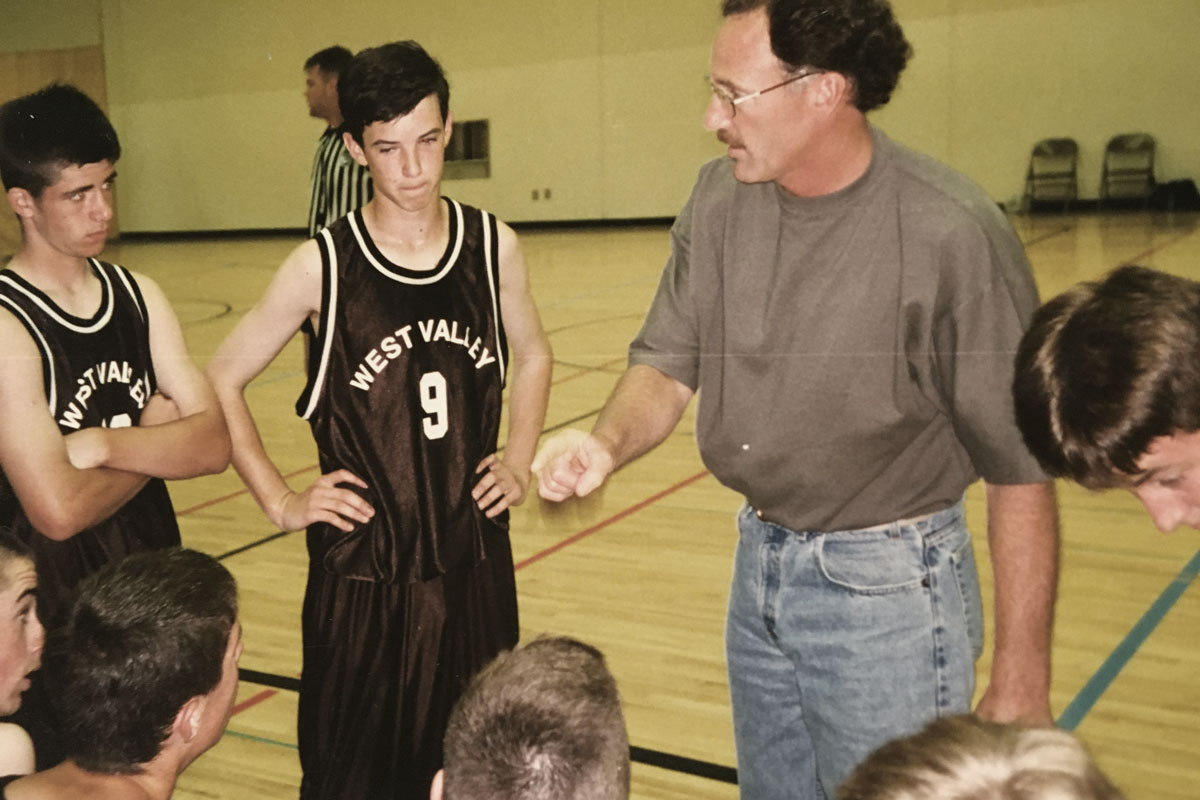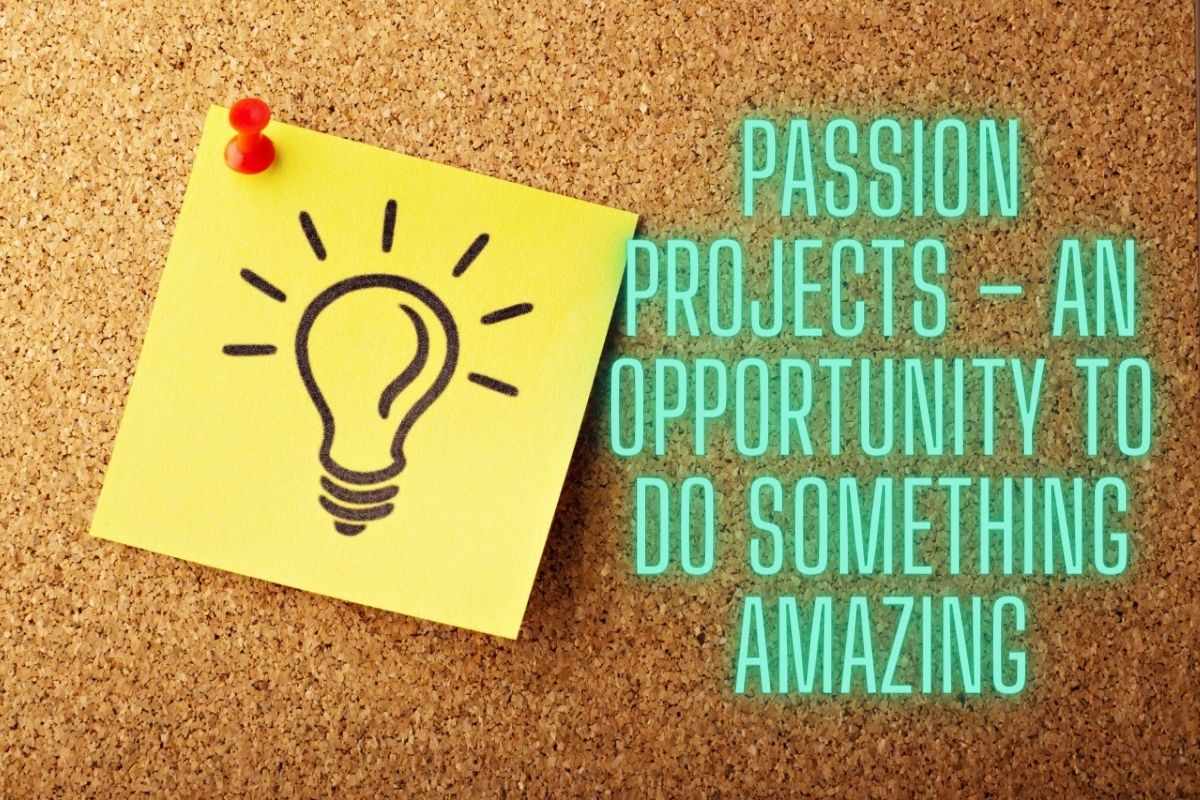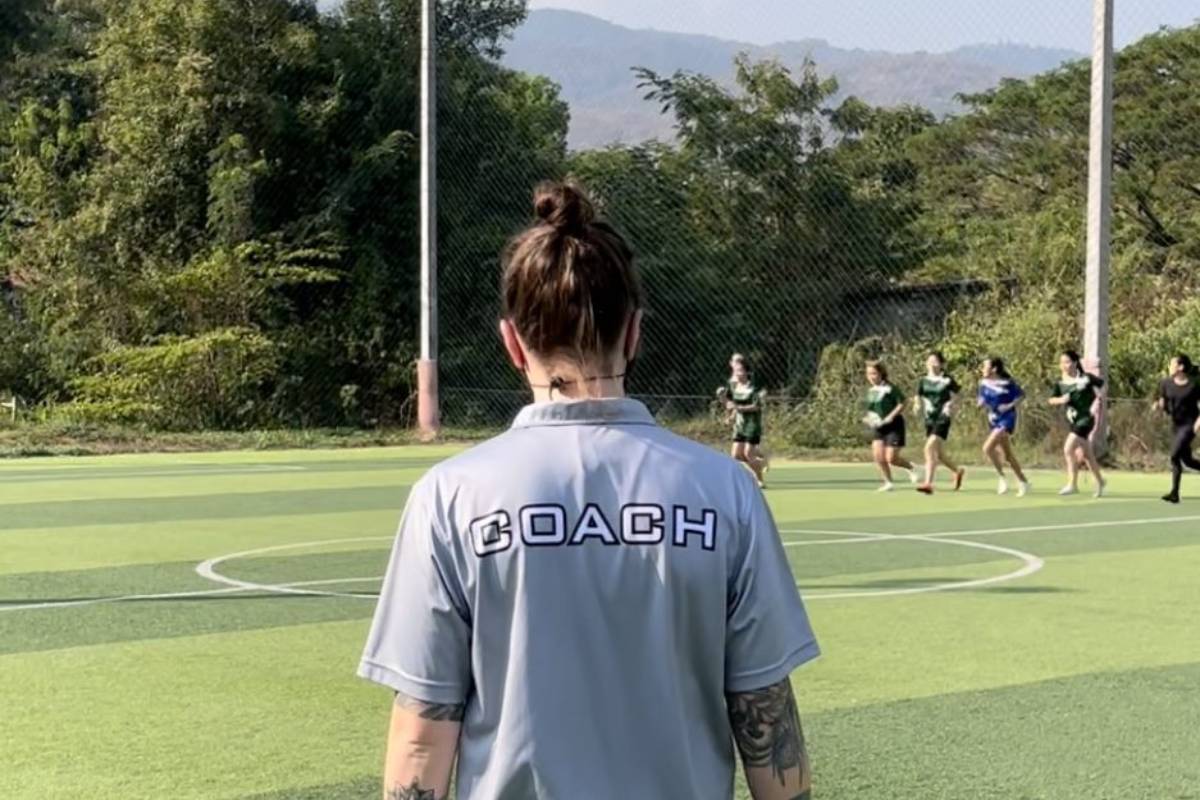Life Coaching Techniques as a Path to Student Well-Being

At the very center of teaching is the element of guiding or coaching your students both educationally and socially. Every day in the classroom, you are influencing the next generation. Including the principles of life coaching in your day-to-day classroom enhances your ability to inspire and motivate students. Think like a life coach and give your students the tools to be their own life coach.
Where do you begin?
A basic understanding of life coaching is the start. It begins with instilling the desire in each student to create the life they want. It is about taking personal responsibility for their lives using a forward-thinking positive process. That begins with paying attention to the direction they want their life to take. That can be both long-term and short-term. Identifying direction in life means determining goals.
Begin with Goals.
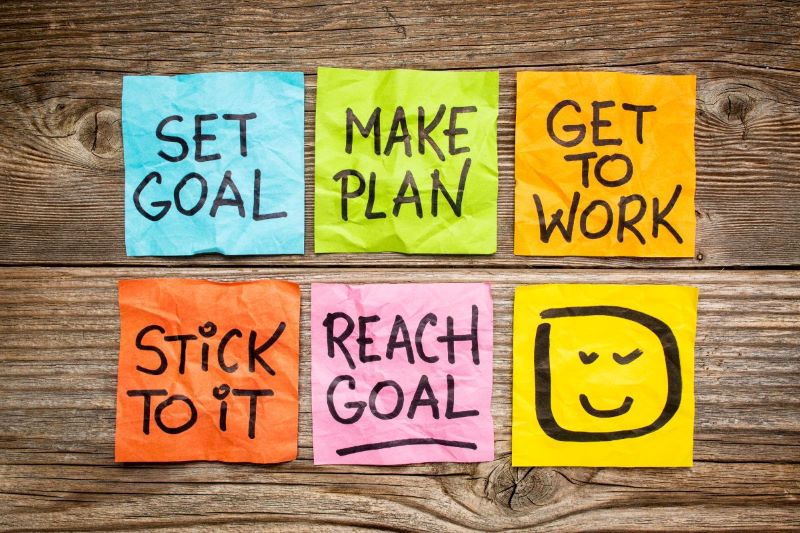
You can set daily goals. Be the example by starting each day with a classroom goal. This could include briefly reflecting on what everyone learned from yesterday. Keep it simple and achievable. Success is the impetus to keep going. A few successes soften the moments when things do not work out as well as we hoped. Your goal in doing this is to make goal-setting a habit.
Encourage your students to expand goal setting to their personal life. Set aside five minutes in class to have them determine a personal goal that they could achieve in an agreed-upon length of time. The emphasis here is on achievable because you want to create momentum.
A Word about Failure

The goal-setting exercise should include a few words about failure. Before the performance comes the practice is a motto used by many coaches. Failure is a part of life. Not all our goals will be met. Discussing failure is an effective way to help your students understand that failure is, in fact, most often a learning experience. It can also be the springboard to something better than the original goal.
Time to do a lesson on the accidental mistakes we enjoy as part of our modern life. Possibly top of the list would be the discovery of penicillin, the world’s first antibiotic. It changed medicine. There are many more from post-it notes to microwaves that were not the intended outcome of a discovery process.
Setting Goals Means Embracing Change

Being proactively goal-driven invariably involves change. Lessons about dealing with change would be helpful for students to understand how change impacts their lives.
The classroom is the ideal place for lessons about change. Many students come to school every day having changed their appearance overnight. In this instance, there are two reactions to change. The person who has changed and the students around them who react to the change. That is a lesson about change that is related to their lives. Have some fun, be brave and be the lesson. Arrive at school having changed your appearance overnight.
Acknowledging change will always be a part of life is the first step to understanding they each have the power to accept and adapt to change. Maintaining a positive attitude and embracing the new is key.
Denial is a Fact of Life
How do they deal with denial when faced with change? Examining their defense mechanisms is a good place to start understanding their denial system. It is also the place to discuss self-talk which can either be an impetus or a roadblock to change.
Values
This is a suitable time to do a lesson about personal convictions and value systems. At the core of every person is their value system. It drives their motivation. Strong intrinsic values mean the student is facing life with empathy and self-assurance generating a positive forward trajectory in life.
Attitudes and Beliefs
Our attitudes shape the way we treat other people and the way we treat ourselves. They also impact the way we approach situations. Identifying our attitudes helps us identify ourselves. There are attitude surveys for learning and social interaction. Understanding attitudes helps them understand their level of confidence. Their level of confidence connects to their belief system.
Have your students ask themselves these questions:
- Answer the question in the song title: Who Do You Think You Are?
- What do you feel is possible and impossible in your life?
- How can you make relationships with family and friends better?
Procrastination
Restrictive attitudes and beliefs can lead to procrastination. A daily example of procrastination in the classroom is not raising their hand to answer a question. The student can genuinely not know the answer but often it is a lack of belief in their abilities. Fear of making a mistake, giving the wrong answer, or looking foolish to their peers leads to procrastination.
Use procrastination as a classroom lesson. What is it? Procrastination is linked to fear of the unknown. In the classroom instance, the fear of negative consequences impacts the student’s ability to participate by volunteering to answer a question.
Motivation is their Superpower

Motivation is the key to achieving goals. It helps them overcome the fear of change.
Start by modeling motivation every day in the classroom. Clear realistic goals energize and motivate students because they can see the potential for achieving them. Motivation is a choice. It is a decision to see the prospective positive outcomes of situations and move in that direction.
Create practical and effective life coaching techniques for your classroom by applying your lesson planning creativity. Set classroom goals, embrace change, fire up motivation, and improve student well-being. Life lessons are life skills they will use every day. A student who knows themselves and appreciates who they are has a much better chance of success in life.
This article is available and can be accessed in Spanish here



